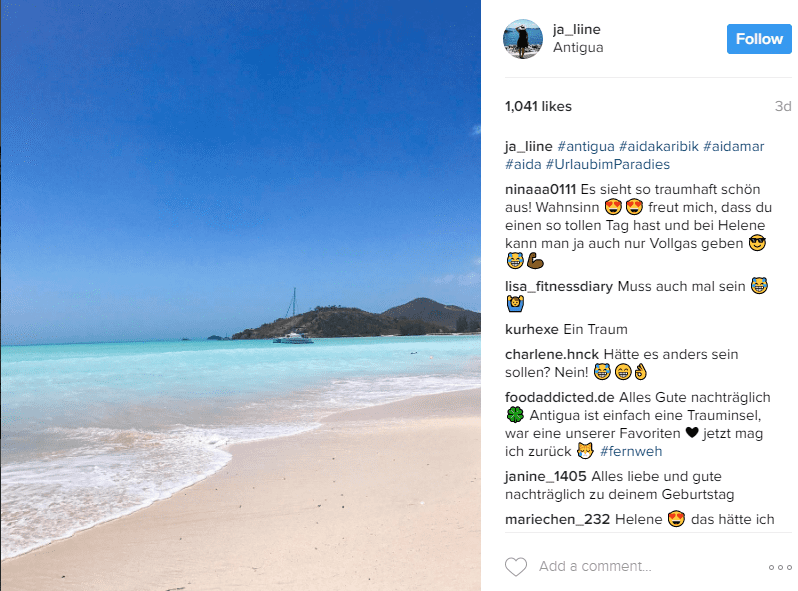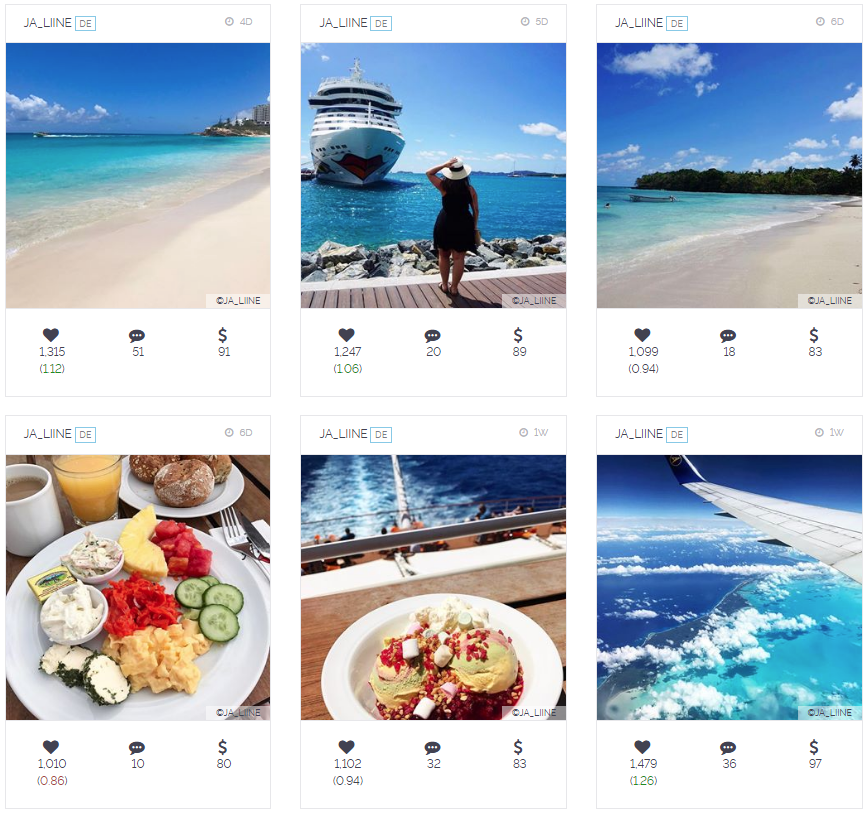
by Mona Hellenkemper – April 12, 2017 (updated for 2025)
In influencer marketing, the real question is not just who has the most followers, but who drives the highest engagement. The debate of celebrity vs micro influencer engagement is now central to how brands evaluate partnerships. Follower counts often steal the spotlight — but they’re far from the most important metric. What brands truly crave is engagement: likes, comments, and actions that prove an audience is paying attention. A massive audience that scrolls past without reacting delivers little value.
We’ve previously covered why engagement rates — often measured as the Like Follower Ratio (LFR) — matter more than raw follower numbers, and how brands use this metric to evaluate collaborations. But here’s the big question: does having millions of followers automatically mean high engagement? Or are micro-influencers quietly wearing the crown?

Why Engagement Trumps Follower Counts
There’s a growing shift away from judging influencers purely by their reach. Many brands have learned the hard way that partnering with accounts full of unengaged or indifferent followers rarely pays off. For engagement to soar, an influencer must offer more than pretty pictures — they need connection, relevance, and authenticity.
The Celebrity Advantage — and Its Limits
Conventional wisdom says the bigger your audience, the harder it is to maintain a high Like Follower Ratio. Yet celebrity accounts complicate this rule.
Take actor Ian Somerhalder: with over 11 million Instagram followers, his LFR sits at an impressive 9.6% over the last four weeks. His feed isn’t meticulously curated — it mixes candid selfies with less polished snapshots — but fans value the authenticity. His status as a public figure also ensures his posts get amplified by media coverage and dedicated fan sharing.
Hero Image Alt: Close-up of a celebrity addressing fans at an event, symbolizing star power in social media engagement
Caption: Celebrity status can help sustain engagement even when content isn’t perfectly polished.
Not every star sees these results. Kim Kardashian West boasts over 98 million followers but maintains an LFR of just 1.2%. At that scale, maintaining engagement is extremely difficult — and in her case, many followers may be there for gossip rather than genuine admiration. These “spectator” followers are less likely to interact regularly.
Social Media-Born Stars: Consistency and Multi-Platform Presence
Unlike celebrities who rose to fame elsewhere, social media-born stars like Bianca Heineke (@bibisbeautypalace) built their followings by consistently producing high-quality content. With over 5 million followers and an LFR around 5.6%, she proves that big accounts can still drive strong engagement when they deliver daily posts and maintain a presence across multiple platforms.
The “In-Betweener” Struggle
Then there’s the middle ground: influencers too big to be micro-influencers, but without celebrity pull. These creators must rely almost entirely on content quality to keep engagement alive.
Example: Kristin Addis (@bemytravelmuse), a travel influencer with ~95k followers, posts stunning photography from around the world. Yet her LFR hovers at 2.3%. The content is strong, the audience real — but without the built-in fandom of a celebrity or YouTube migration, sustaining higher engagement proves challenging.

Micro-Influencers: Engagement Royalty
Smaller creators frequently post the most impressive engagement stats. Take German micro-influencer @ja_liine, focusing on travel and food. With ~17k followers, she maintains a 6.4% LFR. Comments are long, genuine, and tied to her content — hallmarks of an authentic audience.

Why Micro-Influencers Often Win
- Niche Appeal Drives Loyalty
Micro-influencers often specialize in niche topics, attracting followers who are genuinely invested. Engagement is naturally higher when the audience cares deeply. - Algorithm Favors Interaction
Instagram prioritizes showing you posts from accounts you interact with often. This helps micro-influencers stay visible to their most engaged followers. - Authenticity Over Endorsement Fatigue
Unlike celebrities promoting a carousel of brands, micro-influencers can focus on products they truly use — and followers sense the difference.

The Paid vs. Organic Performance Gap
Our data shows micro-influencers’ paid posts perform at 92% of their usual engagement, while for mega-influencers, paid content drops to 61%. This highlights the authenticity advantage — smaller creators can integrate sponsored content more seamlessly.
The Takeaway
Like Follower Ratio is a nuanced but vital metric. While celebrities can leverage fame to maintain engagement, micro-influencers often win on authenticity, niche loyalty, and closer audience relationships. For brands, the smartest move is to look beyond follower counts, measure engagement honestly, and match with influencers whose audience genuinely cares.
For a deeper look into the financial side of influencer marketing, check out our analysis of The 2025 Pay-Scale of Instagram’s Highest-Paid Influencers & Their ROI.



